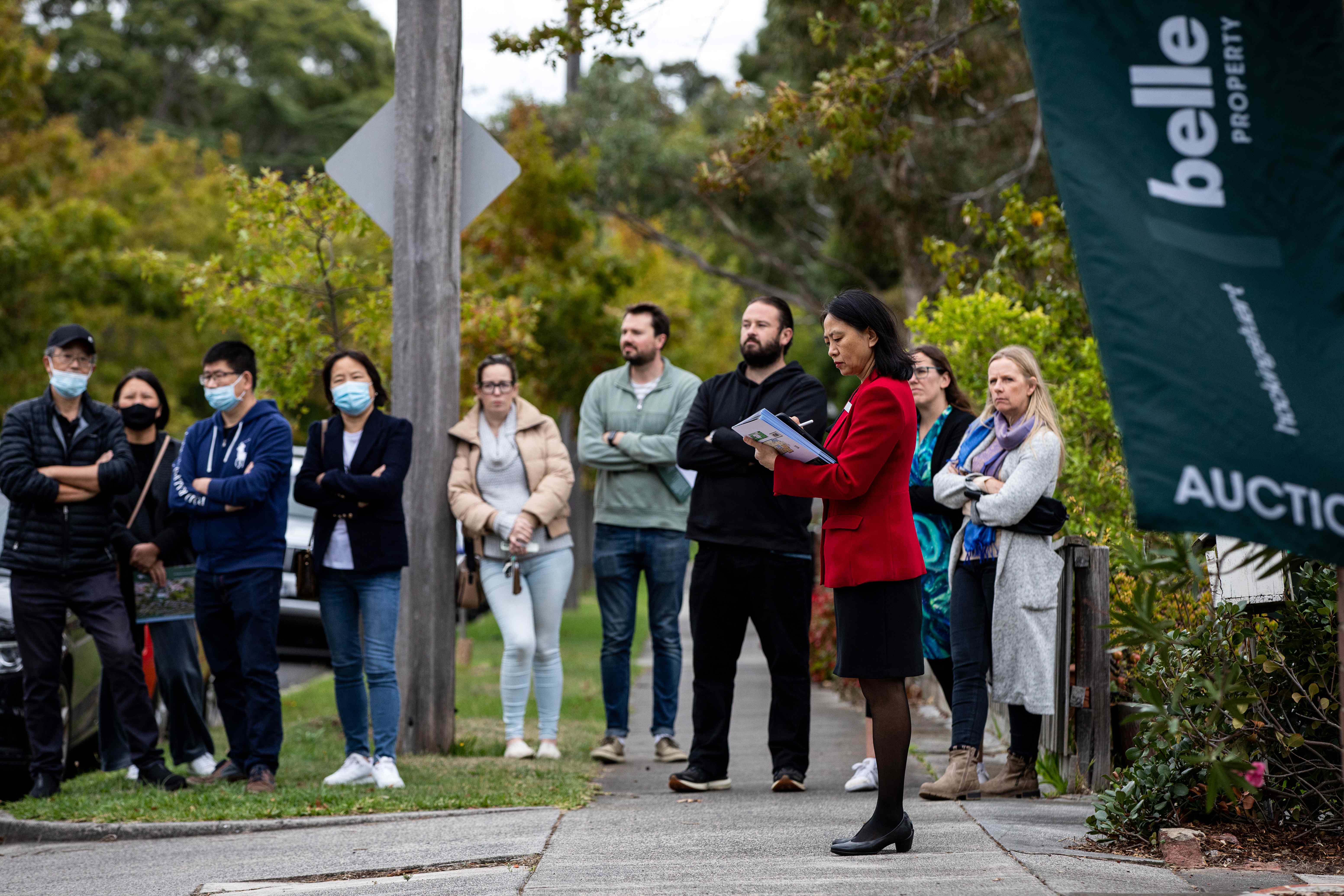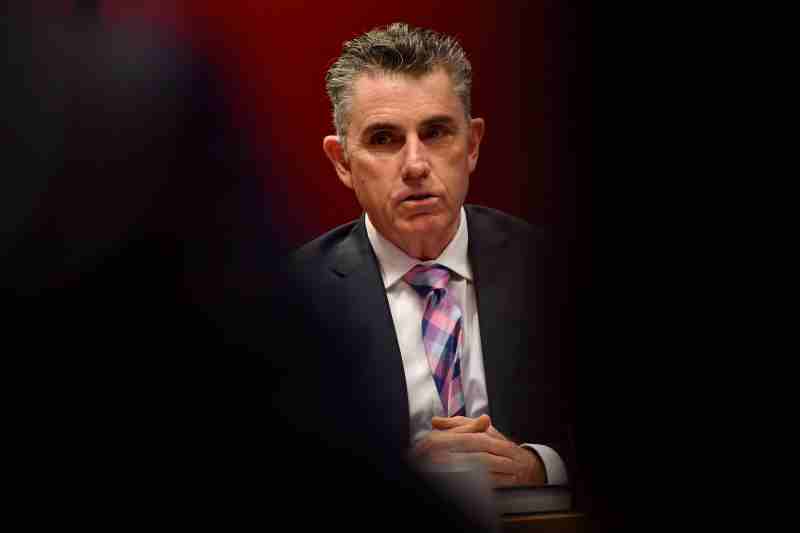It’s been a tale of boom and bust – Australia’s property market has been dominating the headlines over the last two years as our capital cities have seen home values tumble by an average of 10.2 per cent since the peak of mid-late 2017.
Market recap: What’s happened so far?
After several years of seemingly relentless growth, Sydney and Melbourne have been two of the biggest (and perhaps most alarming) casualties of this downturn with prices dropping by 14.9 per cent and 10.9 per cent, respectively.
But after a long, dark winter in Australia’s property sphere, it seems the season could be finally about to change. Figures released for June 2019 show home prices in Sydney edged up by 0.1 per cent and in Melbourne by 0.2 per cent. Meanwhile, declines seem to be easing elsewhere with the capitals down by only -0.1 per cent on average.
Auction clearance rates have also been steadily improving throughout 2019; higher than they were one year ago and recently averaging 70.6% across the capital cities.
Why sentiment is changing
With all the signs appearing to point in the right direction, an understanding of what’s driving this shift will be key to getting a clearer and more confident grip on where the market is really headed.
Essentially, the RBA, Federal Government and regulators are getting back behind the market once again after years of trying to put the brakes on prices that were escalating out of control.
Late last year, APRA removed the cap on interest only loans. The cap was put in place in March 2017 and resulted in a drastic reduction of interest-only lending. APRA has also loosened the requirement for banks to apply a minimum 7 per cent interest rate stress test when assessing borrower loan applications. With more people now able to access bigger mortgages, it’s likely the relaxing of lending rules by APRA will push more first-time home buyers and investors back to the market.
After some uncertainty surrounding the election earlier this year, the re-election of the Federal Government is likely to be boosting home buyer and investor confidence. Specifically, there have been no changes to negative gearing or capital gains tax while first home buyers will be able to buy with a lower 5 per cent deposit by the end of the year. Also, general consumer confidence is rising as the government announces cuts to income taxes. Interestingly, it’s reported that the number of people attending open inspections has risen by 15 per cent since before the election.
The RBA has also cut interest rates to a record low of 1 per cent. Recent interest rate cuts, with further cuts likely, are expected to lead to a growth in housing credit as monthly mortgage repayments fall.
What are the risks?
There’s no doubt recent stimulus is reactivating home buyers and investors looking to swoop in and capitalise on the “market correction” that was a long time coming. But we’re not necessarily in the clear just yet. With Australia’s economy slowing to its slowest growth rate since 2009, the risk of rising unemployment could easily put a dampener on house prices.
The oversupply of new dwellings following the boom, especially in the apartment sector as new developments continue to be completed, could also mean prices are supressed for some time yet. What’s more, high household debt might mean home buyers and investors remain cautious while affordability continues to be a challenge.
What’s in store for the year or two ahead for Australia’s property market?
The heat may be off, and experts are certainly suggesting Australia’s property market is in the process of “bottoming out”. But how long will it take for the market to gain real momentum?
Like a ship changing course, it’s likely the market will take a few months to respond to government and regulatory changes. According to Domain’s mid-year property report, prices are expected to stabilise across all capital cities by the end of 2019, growing by 1 per cent, before experiencing moderate growth of 2 per cent to 4 per cent throughout 2020.
Specifically, it’s expected forecast price growth in Melbourne (1 per cent to 3 per cent) and Sydney (3 per cent to 5 per cent) in 2020 will be underpinned by strong economic growth and jobs creation, which will lead to further population growth and increased demand for housing. Meanwhile Brisbane’s forecast growth (3 per cent to 5 per cent), similarly to Hobart’s (2 per cent to 4 per cent), could be driven by firm control of housing supply while both cities continue to be attractive to intestate buyers looking for higher rental yields and more affordable housing.
Forecast growth in Canberra (4 per cent to 6 per cent) and Perth (0 per cent to 2 per cent) could result from increasing demand for housing as their populations increase, while falls in unemployment are finally expected in Perth and unemployment remains low in Canberra.
As a few stars begin to align, the darkest days for Australia’s property market could finally be over. So, make sure your ready pick up the pace by getting in touch with triSearch to discuss our range of property search and eConveyancing solutions. Alternatively, download our free information pack for more on triSearch.






